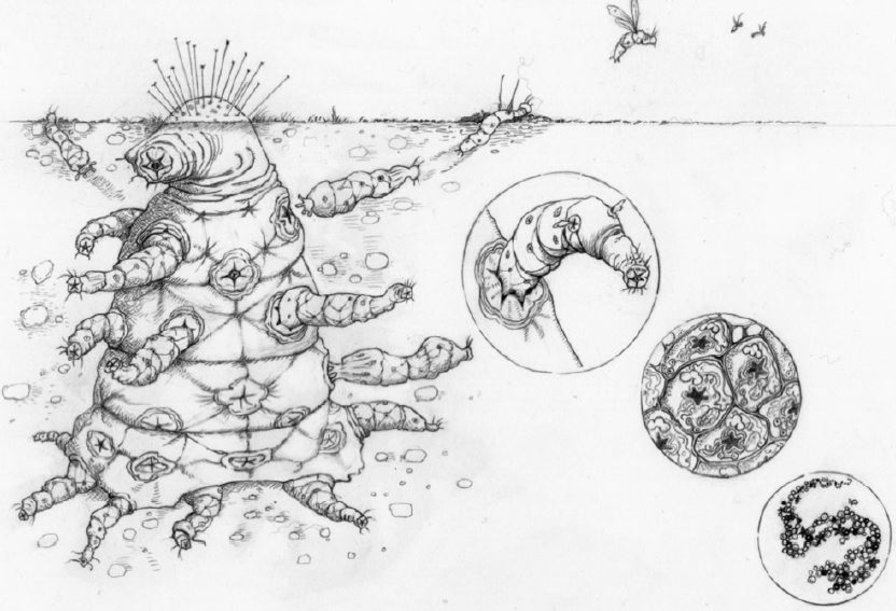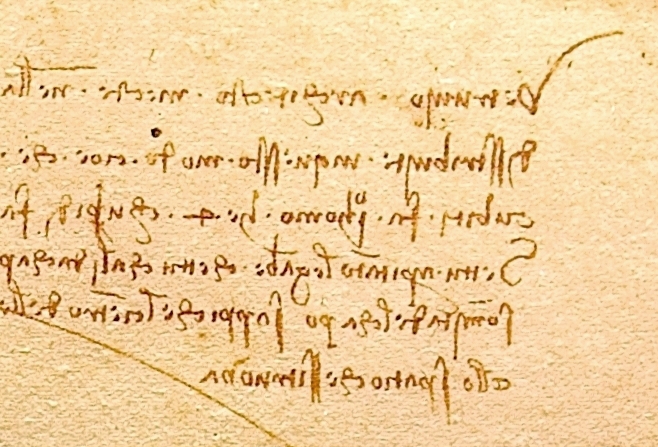What is it about objectively terrible works of art that so captivates? Cults form around Tommy Wiseau’s The Room, the “Citizen Kane of bad movies,” or amateur girl-group The Shaggs, “the best—or worst—band of all time.” Such utter artlessness cannot be faked, but it can, composer Gavin Bryars found, be deliberately orchestrated, to quite enjoyably terrible effect. In 1970, Bryars staged a three-day talent show at the Portsmouth School of Art, with comedians, ventriloquists, musicians, etc. His own entry was the Portsmouth Sinfonia, now rightly known as the “world’s worst orchestra.” The Sinfonia, writes Dangerous Minds, “welcomed musicians and non-musicians alike, though people of talent were expected to play instruments on which they were not proficient.” The first iteration of the group consisted of 13 students who could hardly play at all.
Later ensembles featured more dramatic disparities in talent. But no matter their level of ability, “all members were expected to play the repertoire to the best of their abilities. The result was a special kind of cacophony: every familiar theme (Also sprach Zarathustra, the William Tell Overture, Beethoven’s Fifth), though played as ineptly as possible, was approached with respect and even care. You will instantly recognize every tune they attempt, and you will probably bust a gut,” adds Dangerous Minds.
Maybe it’s the earnestness that gets us, the best of intentions producing the most ridiculous of results. Though formed as a “one-off joke,” Atlas Obscura notes, the Sinfonia continued after an “outpouring of enthusiasm,” and even attracted Brian Eno, who joined on clarinet, an instrument he’d never played, and produced and recorded with the group on their debut 1974 album, Portsmouth Sinfonia Plays the Popular Classics.
The group’s numbers swelled by the mid-seventies to include, Eno wrote in the album’s liner notes, “a membership of about fifty.” He lets us know in his deadpan introduction that the Sinfonia took its work seriously. The orchestra “tends to generate an extra-ordinary and unique musical situation where the inevitable errors must be considered as a crucial, if inadvertent, element of the music.”
It is important to stress the main characteristic of the orchestra: that all members of the Sinfonia share the desire to play the pieces as accurately as possible. One supposes that the possibility of professional accuracy will forever elude us since there is a constant influx of new members and a continual desire to attempt more ambitious pieces from the realms of the popular classics.
This is difficult to read with a straight face, but Bryars “was adamant,” the blog Classical Music Reimagined explains, “that the musicians shouldn’t play for laughs – they honestly had to play to the best of their ability, and attendance at rehearsal was mandatory. Footage of the orchestra in action shows an incredible level of concentration and focus (if not results).” A few members do seem be having fun with Handel’s Messiah in the short clip of a live performance below, featuring a serious Eno. But most of them are genuinely giving it their all.
Experimental theater, conceptual art, or practical joke, it makes no difference. There is truly something “extra-ordinary and unique” about this “musical situation,” you must agree. The so-bad-it’s‑goodness of the Sinfonia comes not only from their lack of talent, but also from the enormous gap between intentions and results—a universally recognizable condition of the human comedy. We celebrate the exceptions, those whose great efforts truly produce greatness. But in the Sinfonia, we may encounter the less-great parts of ourselves, ennobled in their ineptitude by the foolhardiness of this tragicomic daring.
via Atlas Obscura + Dangerous Minds
Related Content:
Hear the Experimental Piano Jazz Album by Comedian H. Jon Benjamin — Who Can’t Play Piano
Josh Jones is a writer and musician based in Durham, NC. Follow him at @jdmagness




